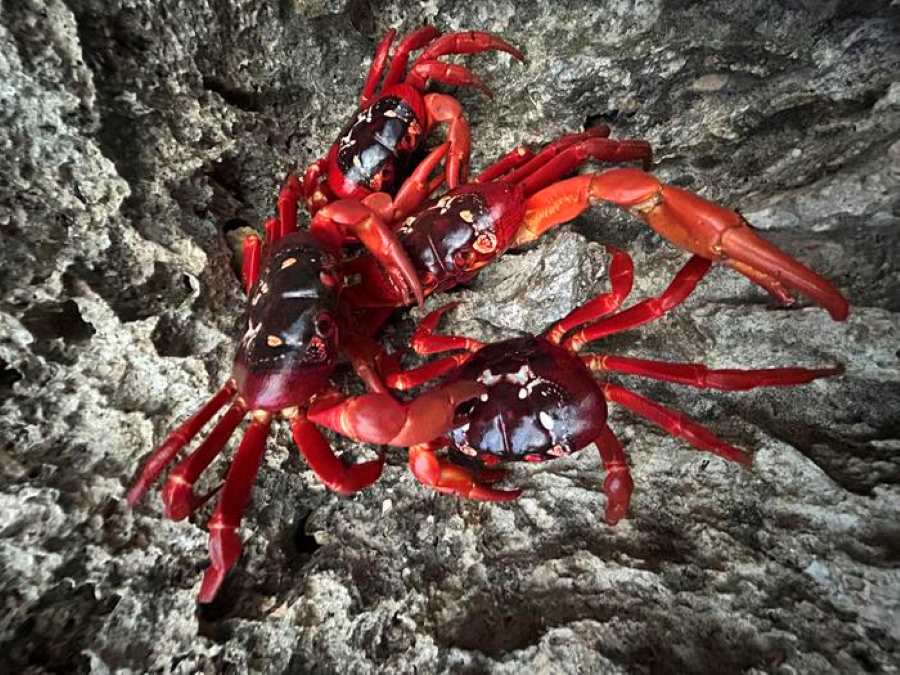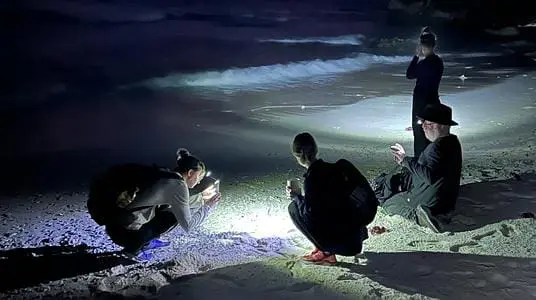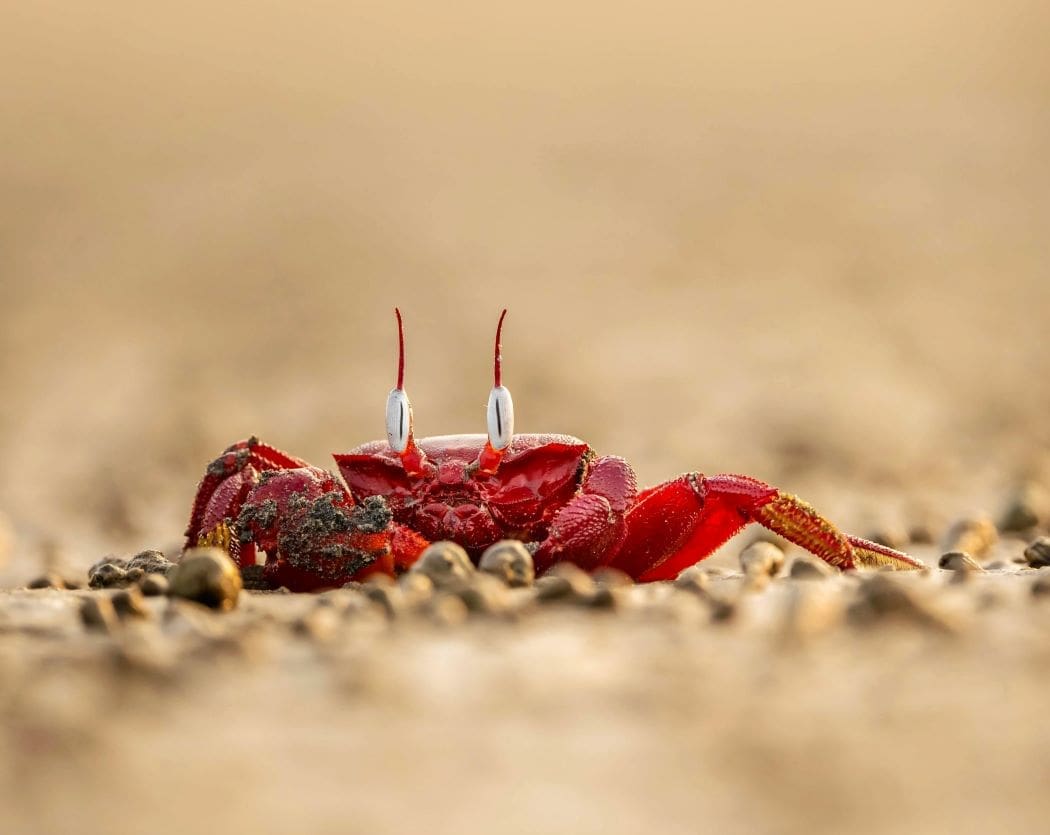Summary:
The annual migration of Christmas Island’s red crabs is one of nature’s most spectacular events, with millions of crabs journeying from land to sea. However, as climate change alters environmental conditions, researchers are investigating how these shifts may affect the species.
A new study published in the Journal of Experimental Biology examined whether lower salinity levels — caused by increased monsoon rainfall diluting coastal waters — might delay embryonic development in the crabs (Gecarcoidea natalis). Researchers at the University of Plymouth exposed fertilized late-stage embryos to varying salinity levels for 24 hours and monitored key developmental traits using the LabEmbryoCam, an advanced imaging system. Surprisingly, they found no significant impact on hatching time, heartbeat rate, or post-hatch activity. While this suggests resilience to salinity changes, the study only tested one environmental factor over a short period.
Researchers emphasize the need for broader studies to fully understand how climate-related stressors may affect the species’ survival.

Study explores effects of climatic changes on Christmas Island’s iconic red crabs
The annual migration of Christmas Island’s red crabs – where millions of creatures cover its beaches as they make their way from land to sea – is a true natural spectacle.
However, little is known about whether and how the species might be impacted under the future environmental conditions created by the changing global climate.
A new study by scientists and graduates at the University of Plymouth has investigated one aspect of how such shifts might affect its earliest development.
Specifically, the research focused on whether lower salinity – caused by future increased rainfall during the tropics’ monsoon season, which would in turn dilute coastal waters – might delay the development of crab embryos.
To understand that, the researchers exposed fertilised late-stage embryos of the crab (Gecarcoidea natalis) to four different levels of sea water salinity.
Over the space of 24 hours, they then used a specially-developed and autonomous analysis technology – the LabEmbryoCam – to measure a number of the embryos’ key developmental and physiological traits.
Previous research had shown that environmental drivers such as salinity can impact the timing and duration of developmental events in aquatic early life stages of crustaceans.

However, the results of this new study found that changes in salinity had no impact on the time of first heartbeat, time of hatching, first in-egg embryonic and post-hatch heart rate, or post-hatch movement.
Writing in the study, the researchers say the findings may – on the face of it – appear positive for the red crabs’ future survival.
However, with the study focused on just one environmental stressor – and one period of embryo development – they also highlighted the importance of considering all early life stages when fully characterising the effects of environmental drivers on crustacean development.
Dr Lucy Turner, Lecturer in Marine Biology at the University of Plymouth, is the study’s lead author and has carried out a number of studies in the Christmas Island crabs and their behaviour. She said: “Christmas Island crabs are a fascinating species. But there are big gaps in what we know about them, and particularly our knowledge of how they are likely to respond to different environmental stressors.
“Our study enabled us to look in great detail at how factors such as the heartbeat and movement of individual eggs respond when the environment they are living in changes. The fact we saw no effect was unexpected, and that could clearly be good news for the species. However, we only looked at one particular stressor – and for a 24-hour period – so it would be good to expand the study significantly to understand what we need to do to protect the crabs in the future.”
The study was carried out during a field trip to Christmas Island by academics and graduates from the University’s BSc (Hons) Marine Biology programme.
They shipped the LabEmbryoCam, technology developed by the EmbryoPhenomics Research Group, to the island and then spent time using it to analyse the embryos’ development.
It enabled the researchers to capture images of individual embryos every 10 seconds over the space of 24 hours, providing them with never-before-seen insights into how the species is likely to respond to lower salinity levels.
Journal Reference:
Lucy M. Turner, Katharine A. Clayton, Linn Wiberg, Charlotte H. Wilson, Ziad Ibbini, Oliver Tills, John I. Spicer, ‘Salinity does not affect late-stage in-egg embryonic or immediate post-hatch development in an ecologically important land crab species’, Journal of Experimental Biology 228 (2): JEB249629 (2025). DOI: 10.1242/jeb.249629
Article Source:
Press Release/Material by Alan Williams | University of Plymouth
Featured image credit: Kapu Ravindranath | Pexels




